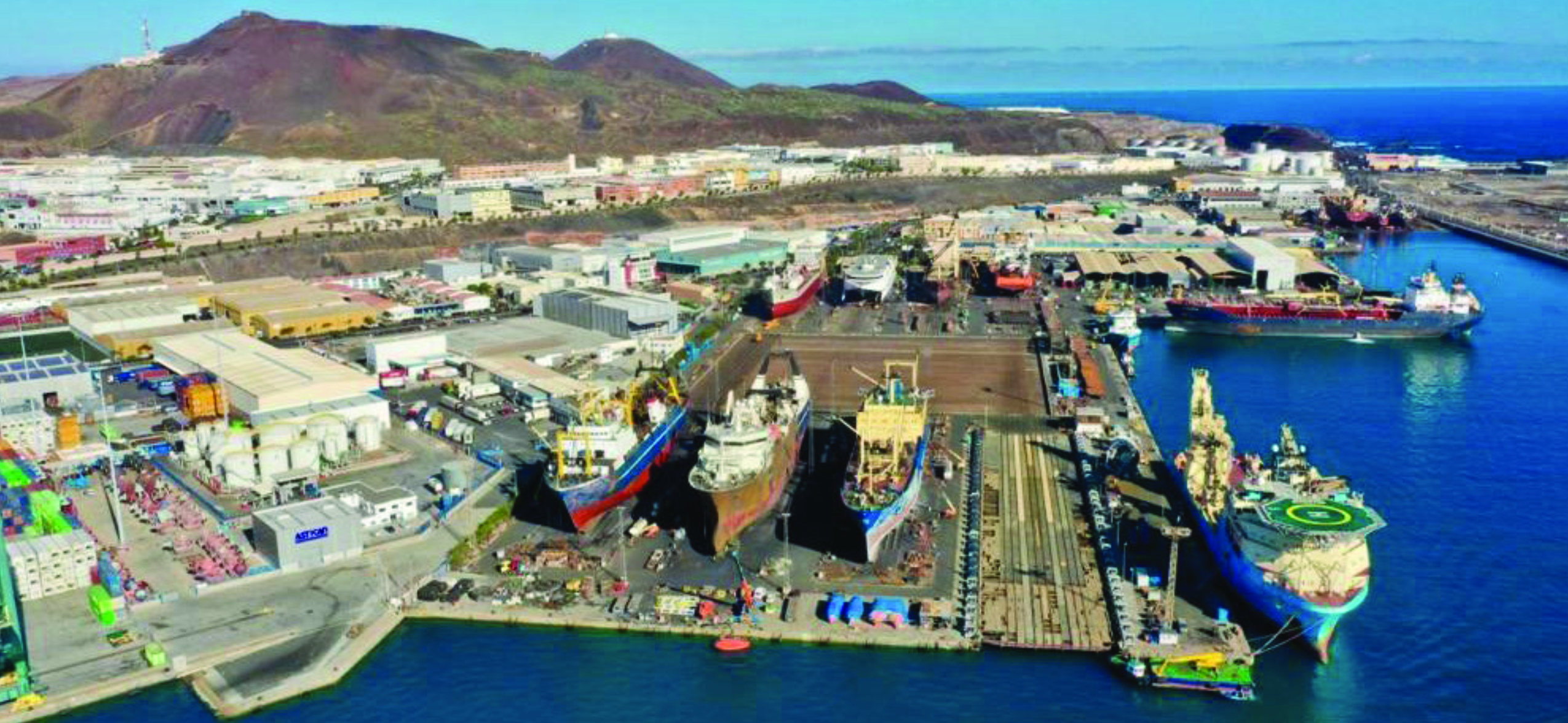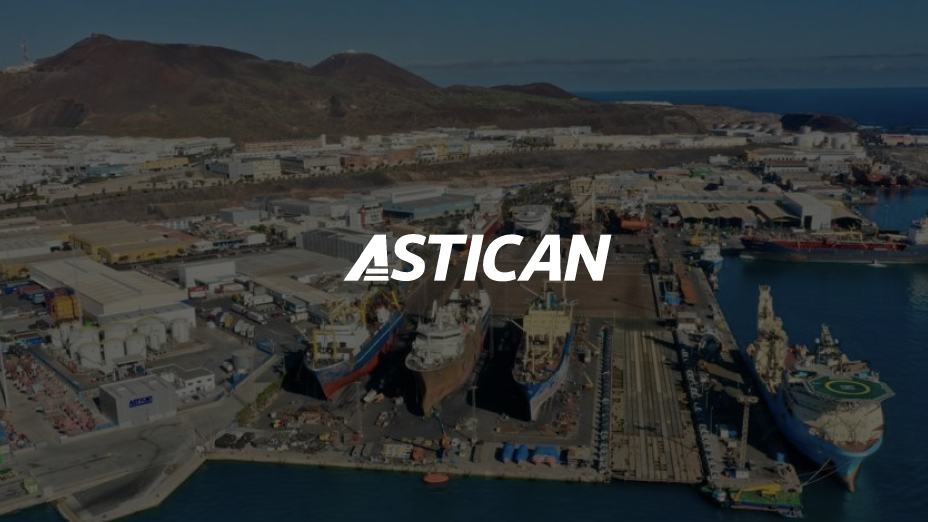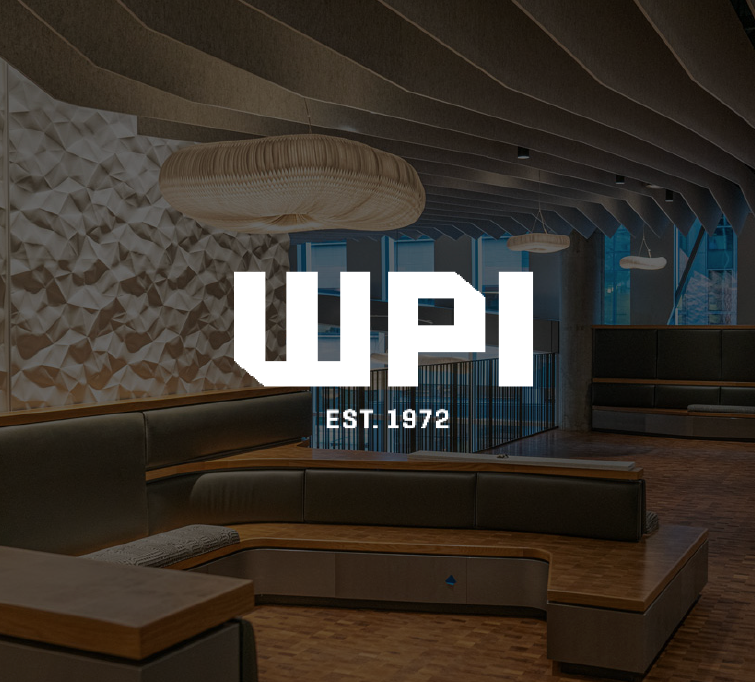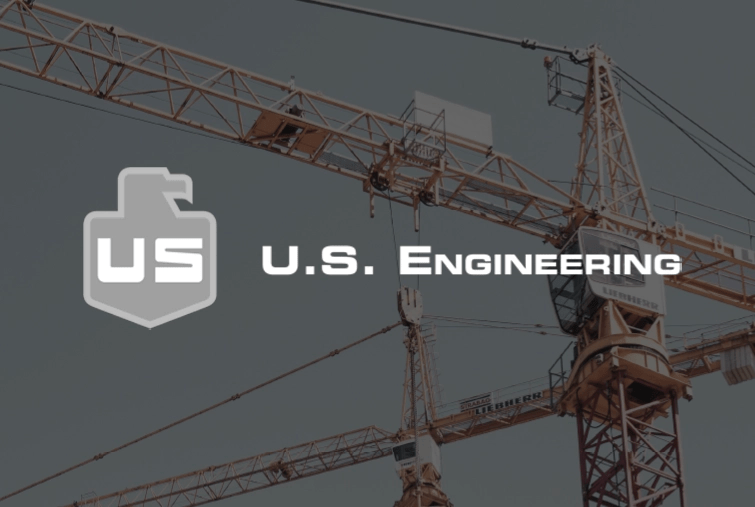Astican is a privately-owned ship repair yard off the coast of northwest Africa in Spain’s Canary Islands. The facility (where more than 1,500 employees clock in to work daily) contains seven dry docking lanes. A range of marine vessels comes there for repairs, including ferries, ro-ros, cruises, HSCs, containers, tankers, offshore vessels, tugs, fishing boats, drillships and semisubmersibles. Their service menu includes underwater inspections, mechanic works, engine repair and propulsion maintenance.
“Ship repair is a fast-paced industry,” said Agustín Tapia Quesada, Astican’s Head of IT. “Each project might only last two weeks, but it will mobilize hundreds of workers and involve dozens of companies.”
The challenge
Not only does Astican manage a large site where employees and subs work on condensed timelines, but the projects are typically multinational, involving project managers and owners from around the world. Since engines and other components from far-flung parts of the world often have little in common, every ship presents a unique challenge.
Astican sometimes doesn’t have architectural drawings to refer to, since the original plans for decades-old ships have been lost to time. This makes detailed, accurate photo documentation key for coordination, but the process of capturing and sharing photos hasn’t traditionally been scalable. A worker might have photos on their phone showing the condition of steel works or paint, but their co-workers have no way of knowing those photos exist.
Astican wanted a photo documentation solution that was intuitive enough to be used by workers in the field—not just IT employees with technical skills. Another objective was to improve collaboration workflows between stakeholders in different countries to save time. “With any new technology, we are looking for ways to cut business costs, improve quality, increase efficiency and avoid errors, and OpenSpace was no different,” Tapia Quesada said.
The solution
Astican’s IT department was the first to bring OpenSpace into the field to capture the condition of incoming ships and assess needed repairs, but the technology was simple enough for project managers and others to learn quickly.
To capture a project, all they need to do is strap a 360° camera to their hard hats and walk. From there, captured imagery is automatically uploaded to the OpenSpace platform and stitched together into a Google Street View-style video, creating a virtual tour of the project.
“It’s often difficult for guys on site to learn new technology, but they have learned to use OpenSpace really well and have even used it on projects in France and Namibia without being asked,” Tapia Quesada observed. “We don’t have to push them at all. They’re seeing as much benefit as the guys in IT. There’s a real simplicity that has made it easy for everyone to adopt.”
Because OpenSpace is so easy to use, Astican is now capturing ships before work even begins. This puts them in a better position when claims arise, since they can point to specific, time-stamped captures to prove that damage pre-dated a ship’s arrival at their facility. Through virtual tours, Astican’s office staff are looped into key conversations without having to physically board the ship or visit the yard. Instead, they can drop in on the project remotely—just like ship owners can. This allows for transparency, as well as avoidance of disputes, streamlining workflows across Astican’s expansive operation.
“A lot of times, the owner is on the other side of the world,” Tapia Quesada said. “With OpenSpace, we can share everything with them—they can see how their ship came in, how we are repairing it, and how the ship is leaving. Everything is very thorough.”
There are tasks where we see time savings of 90%.

The results
OpenSpace has been integrated into nearly every stage of work at Astican, from intake to work progress to final review.
“We highly recommend OpenSpace,” Tapia Quesada said, noting that two sister companies, Astander and Astibal, are also using it at Astican’s urging. “I’ve also shared it with friends in the construction sector here in the Canary Islands because it’s really that useful.”
90% less time
Cost savings
Repairing a ship sometimes requires niche machinery, such as cranes capable of lifting 600 tons, which is high-value, high-stakes work. OpenSpace provides an efficient way to increase accountability. When captures are taken at every step, there’s no confusion and no drawn-out disputes—just straightforward communication and honest resolutions. The ability to resolve claims speedily without having to shoulder responsibility for repairs not caused by the Astican team has, in some cases, saved money. For example, on a recent two-month project, a dispute arose over whether Astican was responsible for a crack in the ship that the customer thought occurred when it was moved by a crane. Astican was able to prove the ship had arrived already with the crack, saving them tens of thousands of euros.
More accurate budgeting
Before OpenSpace, Astican provided quotes for customers based on on-site surveys, which weren’t always very comprehensive. It was hard to validate the true condition of a ship, and a lot could be missed—leading them to under-value projects. “Now, when our estimators are working on budgets, they can go back and double-check the position of images on the project plan as well as any measurements and comments left by the person who took the capture, which helps us to fine-tune the budgets and send them out much faster,” Tapia Quesada said.
Time savings
OpenSpace helps teams be more efficient with their time. For example, IT personnel don’t need to spend time documenting projects themselves; they can rely on colleagues’ captures and avoid lengthy commutes and site walks. “There are tasks where we see time savings of 90%,” Tapia Quesada said. “Since imagery is pinned to the project plan, we can quickly locate relevant images without a prolonged document search. It used to be a much longer process, since manual photos were stored in many places.”
Improved collaboration and productivity
By using OpenSpace captures as a single source of truth, a variety of workers—from painters and welders to engineers and project managers—can quickly get on the same page. At the same time, OpenSpace improves transparency for globally-dispersed ship owners. “We can easily organize every project with our auxiliary teams and provide virtual tours to collaborators from all over the world, increasing their confidence in our work,” Tapia Quesada explained.



